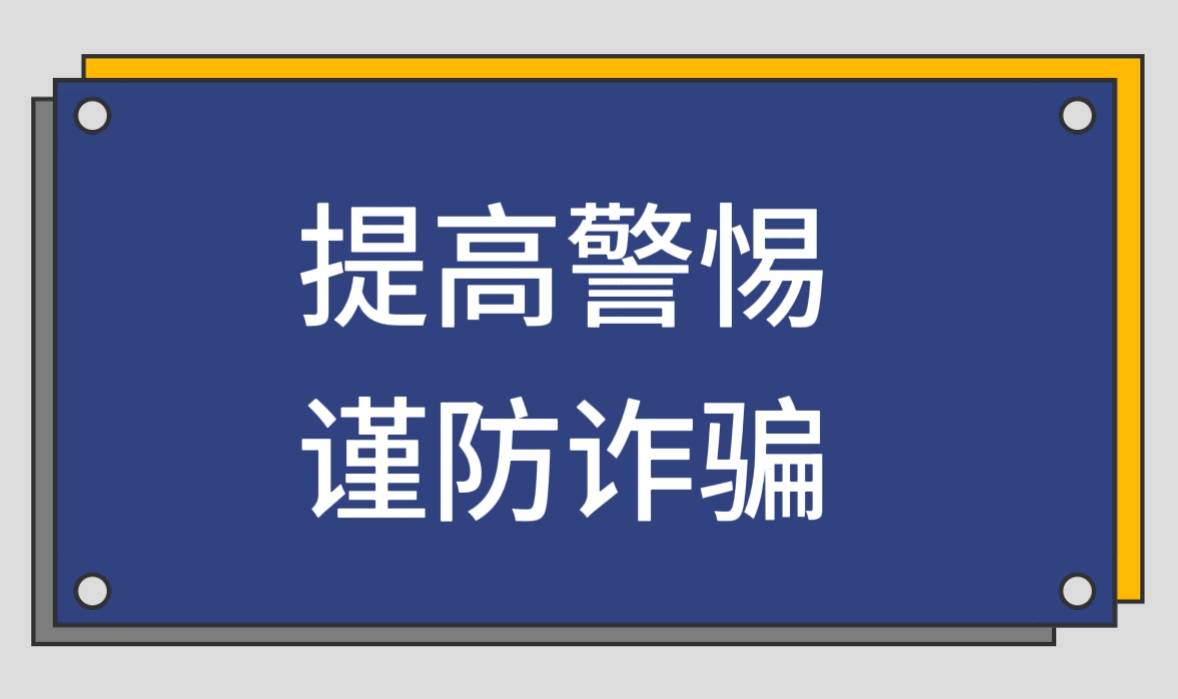
关闭×
| Clinical effect of “Chinese way” for arthroscopic treatment of shoulder dislocation combined with massive rotator cuff tear in the elderly |
| Sun Shengxuan, Xie Ye, Shen Guangsi, Zhou Haibin |
| Chinese Journal of Clinical Anatomy. 2024 Vol. 42 (3): 316-321 doi: 10.13418/j.issn.1001-165x.2024.3.12 |
|
|
| COX-2 /sEH dual inhibitor PTUPB alleviates liver fibrosis in mice by inhibiting activation of hepatic astrocytes |
| Ma Ling, Hong Jieru, Jin Ling, Liu Yubiao, Yang Jintong, Zhou Yong, Zhang Chenyu |
| Chinese Journal of Clinical Anatomy. 2023 Vol. 41 (1): 58-63 doi: 10.13418/j.issn.1001-165x.2023.1.11 |
|
|
| Vagus nerve stimulation reduces neuroinflammation through microglia M1/M2 polarization regulation to improve cognitive function of epileptic rats |
| Li Yongge, Zhou Shu, Liu QingChun, Wei Xiaoming, Zhang Dong, Ma Fengqiao |
| Chinese Journal of Clinical Anatomy. 2023 Vol. 41 (5): 550-556 doi: 10.13418/j.issn.1001-165x.2023.5.09 |
|
|
| Roles of mTOR and ERK/MAPK signaling pathways regulating autophagy in the pathogenesis of autism |
| Li Yanfang, Deng Yanan, Wang Ting, Zhang Yinghua |
| Chinese Journal of Clinical Anatomy. 2024 Vol. 42 (2): 225-228 doi: 10.13418/j.issn.1001-165x.2024.2.19 |
|
|
| SEMA3B conditional knockdown in Schwan cells delays the Wallerian degeneration through inhibiting AKT/GSK3β pathway |
| Xu Yuantao, Xu Yizhou, Xu Shuyi, Ma Xinrui, Wang Xianghai, Zhu Lixin, Guo Jiasong |
| Chinese Journal of Clinical Anatomy. 2023 Vol. 41 (3): 330-335 doi: 10.13418/j.issn.1001-165x.2023.3.14 |
|
|
| METTL3 regulates SPRING1 and promotes lipid accumulation in macrophages |
| Jia Bo, Yang Zhou, Yu Guangli, Lv Yuncheng, Peng Tianhong |
| Chinese Journal of Clinical Anatomy. 2021 Vol. 39 (6): 686-691 doi: 10.13418/j.issn.1001-165x.2021.06.013 |
|
|
| Etiology, diagnosis, and treatment of far out syndrome (FOS): A review and case report |
| Huang Yongxiong, Cheng Xing, Yu Tao, Chang Yun bing, Xiao Dan |
| Chinese Journal of Clinical Anatomy. 2024 Vol. 42 (6): 710-715 doi: 10.13418/j.issn.1001-165x.2024.6.18 |
|
|
| Network pharmacology combined with animal experiment to explore the mechanism of action of Runzao Zhiyang capsule in treating eczema |
| Hu Huiying, Hu Yinxia, Liu Changshun, Hao Yong |
| Chinese Journal of Clinical Anatomy. 2023 Vol. 41 (5): 572-577 doi: 10.13418/j.issn.1001-165x.2023.5.12 |
|
|
| LFPEMFs effects on the proliferation and chondrocyte-like differentiation of BMSCs labeled with SPIO |
| Chinese Journal Of Clinical Anatomy. 2015 Vol. 33 (6): 662-666 doi: 10.13418/j.issn.1001-165x.2015.06.010 |
|
|
| Mechanism of herb-pair Trachelospermum jasminoides and Achyranthes bidentata treating Arthritis based on network pharmacology |
| Pang Ting, Tang Qiulian, Chen Yong, Wei Jiangcun, Liang Cao, Wang Zhiqiang, He Huan, Zeng Chao |
| Chinese Journal of Clinical Anatomy. 2022 Vol. 40 (5): 569-574 doi: 10.13418/j.issn.1001-165x.2022.5.12 |
|
|
| A mechanism study of clinical anatomy on suprascapular nerve entrapment |
| Chinese Journal Of Clinical Anatomy. 2015 Vol. 33 (6): 623-626 doi: 10.13418/j.issn.1001-165x.2015.06.002 |
|
|
| Expert consensus on lymphatic surgical treatment for Alzheimer's disease(2025 edition) |
| Xie Qingping, Wang Yilong, Pan Weiren, Yang Xiaodong, Guo Hui, Xiao Ming, Wang Haiwen, Mao Zhiqi, Zheng Xiaoju, Fu Xiaohong, Liu Jun, Xiong Lingyun, Xu Zhipeng, Lu Yun, Yuan Xueqian, Hou Jianxi, Pan Yuesong |
| Chinese Journal of Clinical Anatomy. 2025 Vol. 43 (2): 121-127 doi: 10.13418/j.issn.1001-165x.2025.2.01 |
|
|
| Advances in imaging based brain pathology of PMS/PMDD |
| Li Shujing, Meng Chen, Gao Yingying, Wei Enhua, Qu Songlin, Guo Yinghui |
| Chinese Journal of Clinical Anatomy. 2022 Vol. 40 (3): 372-375 doi: 10.13418/j.issn.1001-165x.2022.3.24 |
|
|
| The posterior cerebral artery branched from the internal carotid artery with the absence of the anterior and posterior communicating artery: one case report |
| Chinese Journal Of Clinical Anatomy. 2015 Vol. 33 (5): 600- doi: 10.13418/j.issn.1001-165x.2015.05.034 |
|
|
| Applied anatomy of the umbilical artery of adult male |
| Huo Jiechao, Yang Mei, Zheng Yin, Zhang Gaoli, Wan Shanshan, Liu Hui |
| Chinese Journal of Clinical Anatomy. 2022 Vol. 40 (4): 383-386 doi: 10.13418/j.issn.1001-165x.2022.4.02 |
|
|
| Research Progress of MCU in Nervous System |
| Jiang Chen, Wang Chun, Huang Yongjie, Yang Yiran, Hu Wen, Wu Haiying |
| Chinese Journal of Clinical Anatomy. 2024 Vol. 42 (4): 484-487 doi: 10.13418/j.issn.1001-165x.2024.4.23 |
|
|
| The three-dimensional model construction of bronchial tree and the simulation of fiberoptic bronchoscopy surgery based on Chinese Visible Human dataset |
| Yang Jingyi, Hu Xin, Yao Jie, Xu Zhou, Yang Zhi, Chen Zhi, Wu Yi |
| Chinese Journal of Clinical Anatomy. 2023 Vol. 41 (1): 1-7 doi: 10.13418/j.issn.1001-165x.2023.1.01 |
|
|
| Anatomical classification of posterior superior iliac spine and its clinical significance |
| Qi Ji, Li Jing, Wang Haizhou, Chen Ping, Lin Dingkun, Chen Haiyun, Ping Ruiyue, Xu Yanxiao, Li Yikai |
| Chinese Journal of Clinical Anatomy. 2022 Vol. 40 (4): 377-382 doi: 10.13418/j.issn.1001-165x.2022.4.01 |
|
|
| Pneumothorax, pneumomediastinum and subcutaneous emphysema induced by colonoscopy: a case report and literature review |
| Liu Lu, Li Yaoqi, Zhu Chenglou, Peng Lingzhi, Xia Yu, Deng Weibo, Da Mingxu |
| Chinese Journal of Clinical Anatomy. 2021 Vol. 39 (6): 741-744 doi: 10.13418/j.issn.1001-165x.2021.06.022 |
|
|
| New progress of the roles of NLRP3 inflammasomes in central nervous system diseases |
| Zhang Pengfei, Yu Chunze, Yu Jianyun, Yang Li |
| Chinese Journal of Clinical Anatomy. 2022 Vol. 40 (1): 113-116 doi: 10.13418/j.issn.1001-165x.2022.1.24 |
|
|
